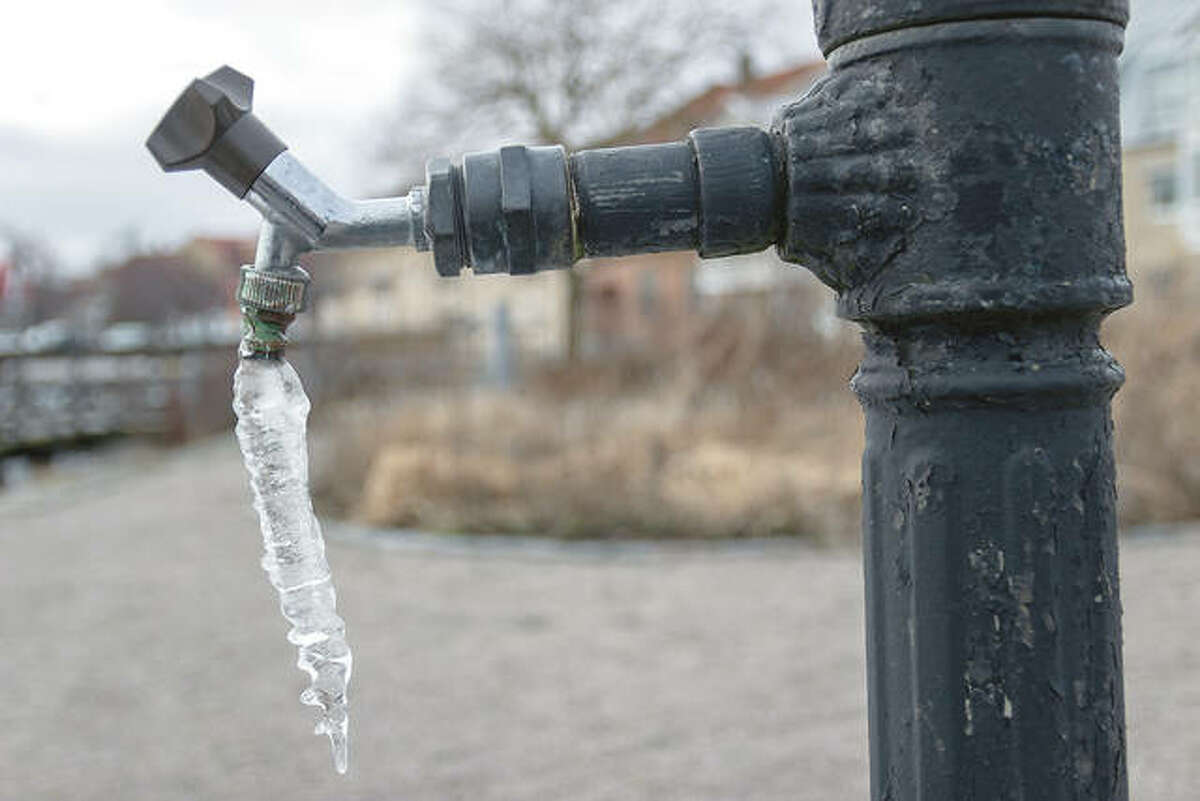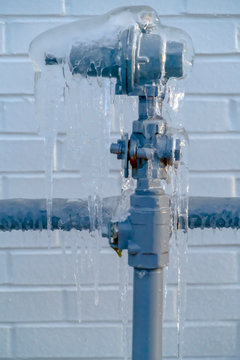Are you currently trying to find know-how about How To Avoid Freezing Pipes?

Cold weather can damage your plumbing, particularly by freezing pipelines. Below's just how to stop it from occurring and what to do if it does.
Introduction
As temperatures drop, the threat of icy pipelines boosts, potentially bring about expensive fixings and water damage. Recognizing just how to avoid icy pipes is vital for home owners in cold environments.
Prevention Tips
Insulating at risk pipes
Wrap pipes in insulation sleeves or utilize warm tape to protect them from freezing temperatures. Focus on pipelines in unheated or outside areas of the home.
Heating methods
Maintain indoor spaces sufficiently heated up, specifically areas with plumbing. Open cabinet doors to allow warm air to circulate around pipes under sinks.
How to identify frozen pipelines
Seek lowered water flow from taps, uncommon odors or noises from pipes, and noticeable frost on subjected pipes.
Long-Term Solutions
Structural changes
Take into consideration rerouting pipes away from outside wall surfaces or unheated areas. Include additional insulation to attics, cellars, and crawl spaces.
Upgrading insulation
Invest in top quality insulation for pipelines, attics, and wall surfaces. Appropriate insulation helps preserve regular temperatures and minimizes the danger of icy pipelines.
Securing Outdoor Plumbing
Garden hoses and outside faucets
Detach and drain pipes yard hoses before wintertime. Install frost-proof faucets or cover outside taps with insulated caps.
Recognizing Icy Pipes
What causes pipelines to ice up?
Pipelines ice up when exposed to temperatures listed below 32 ° F (0 ° C) for expanded durations. As water inside the pipelines freezes, it expands, taxing the pipeline wall surfaces and potentially causing them to burst.
Risks and damages
Frozen pipelines can cause water system interruptions, property damages, and costly repair work. Burst pipes can flood homes and trigger substantial structural damage.
Indications of Frozen Pipes
Recognizing icy pipes early can avoid them from breaking.
What to Do If Your Pipes Freeze
Immediate activities to take
If you suspect frozen pipelines, keep faucets open up to eliminate stress as the ice melts. Make use of a hairdryer or towels taken in hot water to thaw pipes slowly.
Final thought
Preventing icy pipes calls for positive measures and fast responses. By recognizing the reasons, indicators, and safety nets, house owners can shield their pipes throughout winter.
5 Ways to Prevent Frozen Pipes
Drain Outdoor Faucets and Disconnect Hoses
First, close the shut-off valve that controls the flow of water in the pipe to your outdoor faucet. Then, head outside to disconnect and drain your hose and open the outdoor faucet to allow the water to completely drain out of the line. Turn off the faucet when done. Finally, head back to the shut-off valve and drain the remaining water inside the pipe into a bucket or container. Additionally, if you have a home irrigation system, you should consider hiring an expert to clear the system of water each year.
Insulate Pipes
One of the best and most cost-effective methods for preventing frozen water pipes is to wrap your pipes with insulation. This is especially important for areas in your home that aren’t exposed to heat, such as an attic. We suggest using foam sleeves, which can typically be found at your local hardware store.
Keep Heat Running at 65
Your pipes are located inside your walls, and the temperature there is much colder than the rest of the house. To prevent your pipes from freezing, The Insurance Information Institute suggests that you keep your home heated to at least 65 degrees, even when traveling. You may want to invest in smart devices that can keep an eye on the temperature in your home while you’re away.
Leave Water Dripping
Moving water — even a small trickle — can prevent ice from forming inside your pipes. When freezing temps are imminent, start a drip of water from all faucets that serve exposed pipes. Leaving a few faucets running will also help relieve pressure inside the pipes and help prevent a rupture if the water inside freezes.
Open Cupboard Doors
Warm your kitchen and bathroom pipes by opening cupboards and vanities. You should also leave your interior doors ajar to help warm air circulate evenly throughout your home.

Hopefully you enjoyed reading our piece about How To Avoid Freezing Pipes. Thank you for taking the time to read our piece of content. Kindly take the opportunity to share this post if you liked it. Thanks so much for going through it.
Here